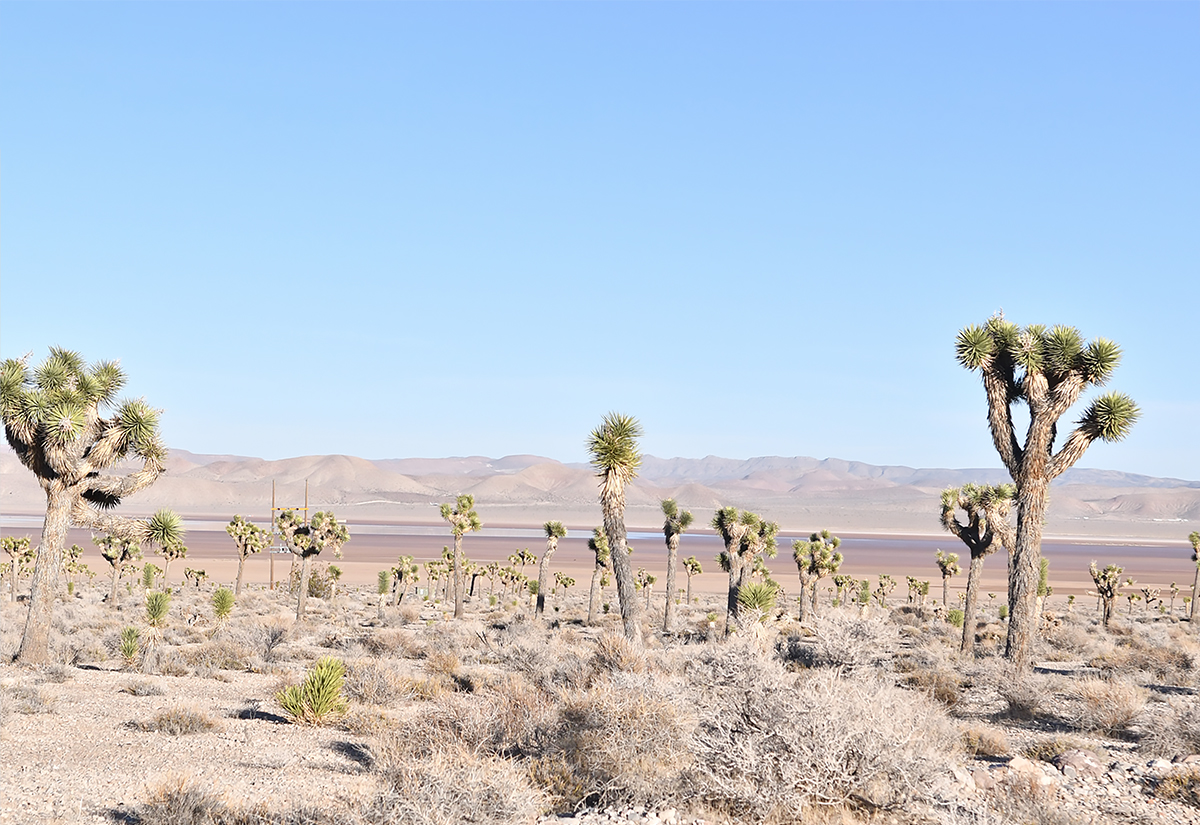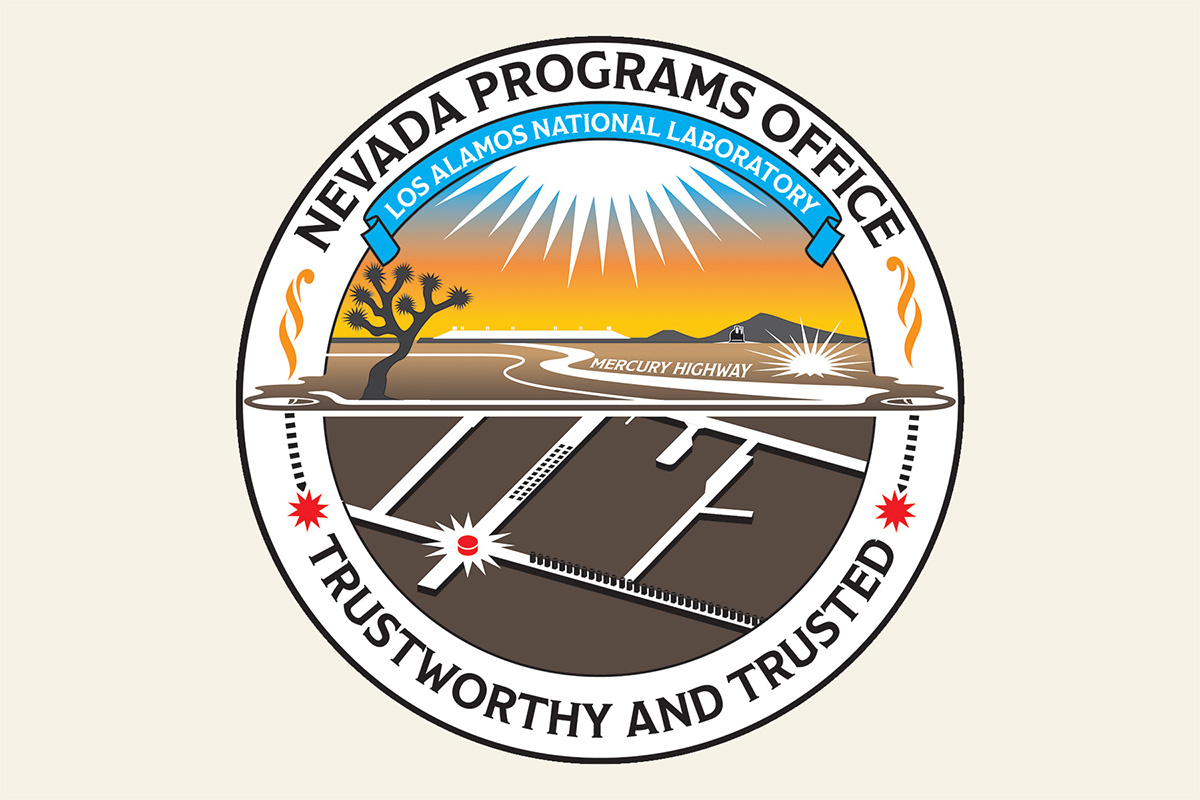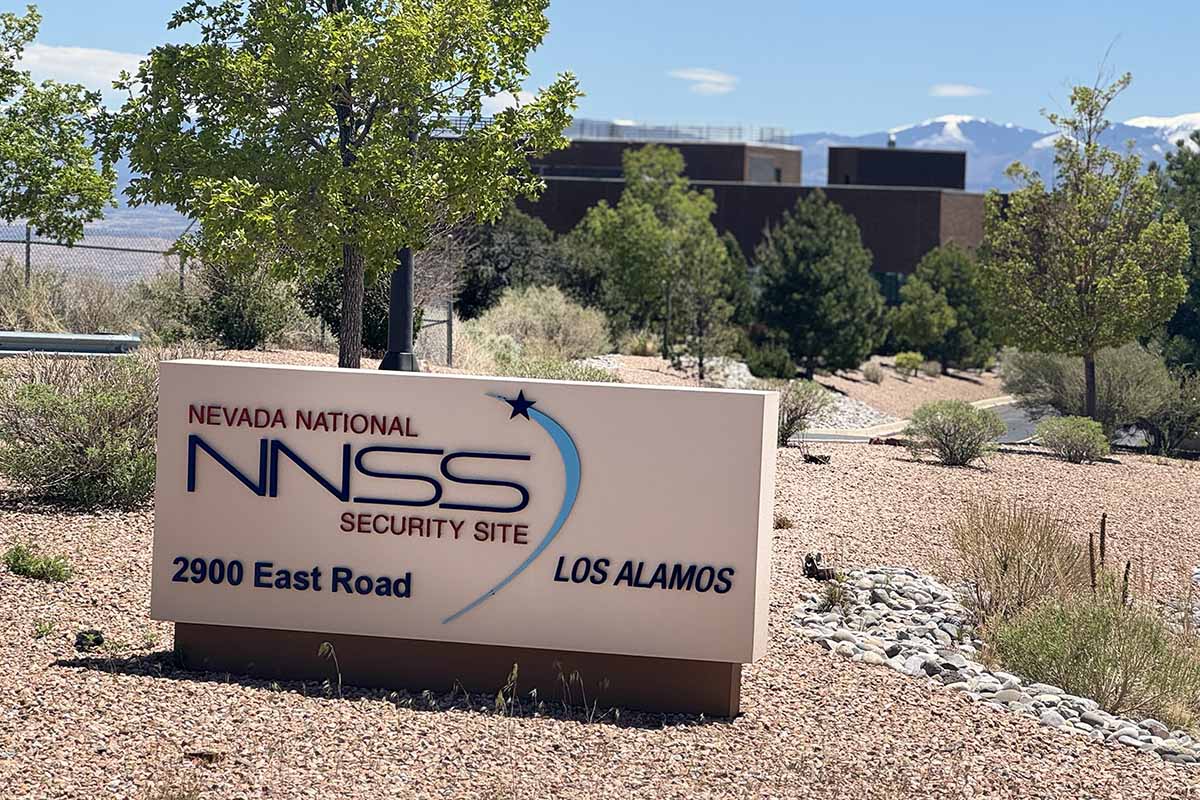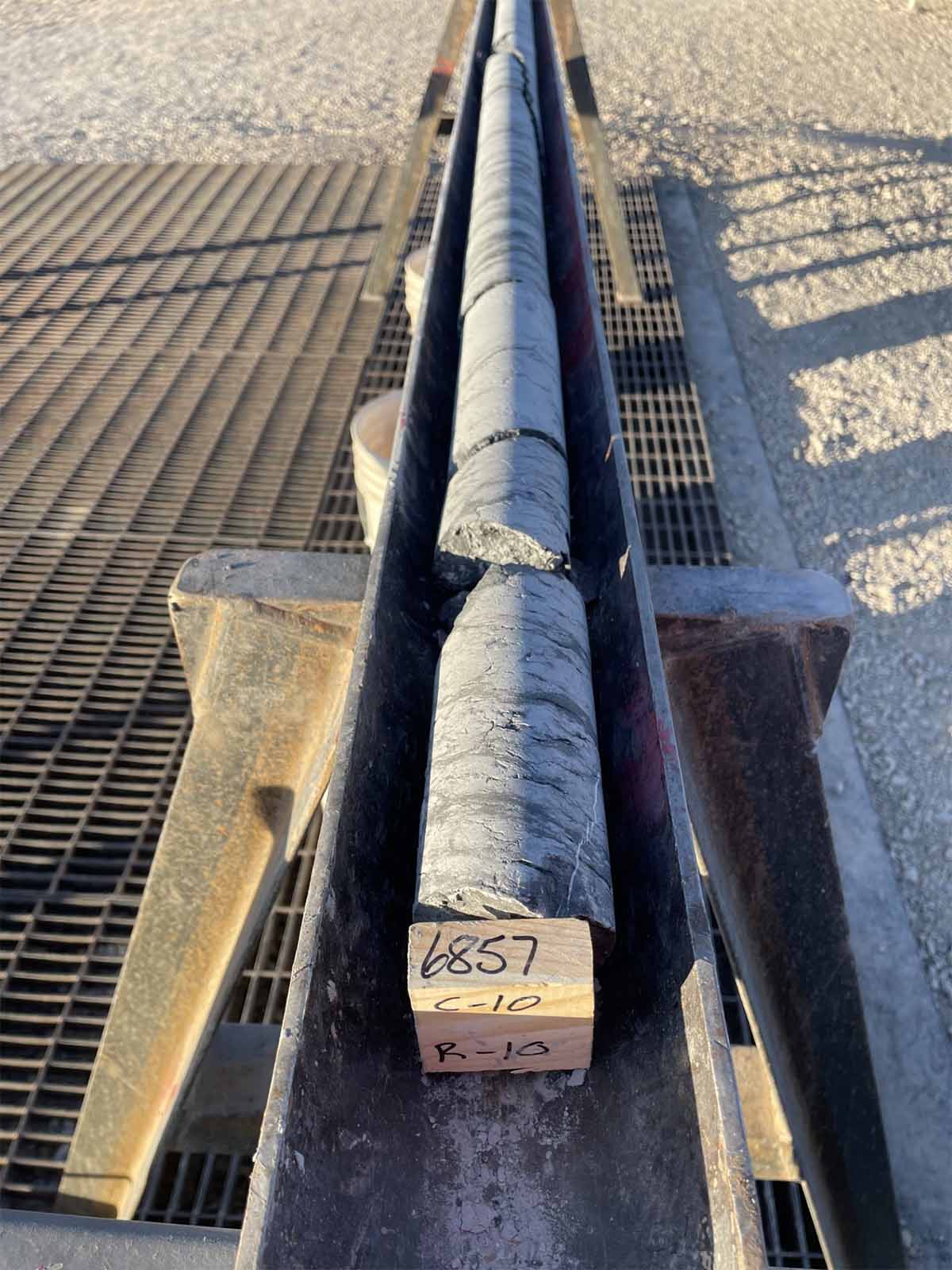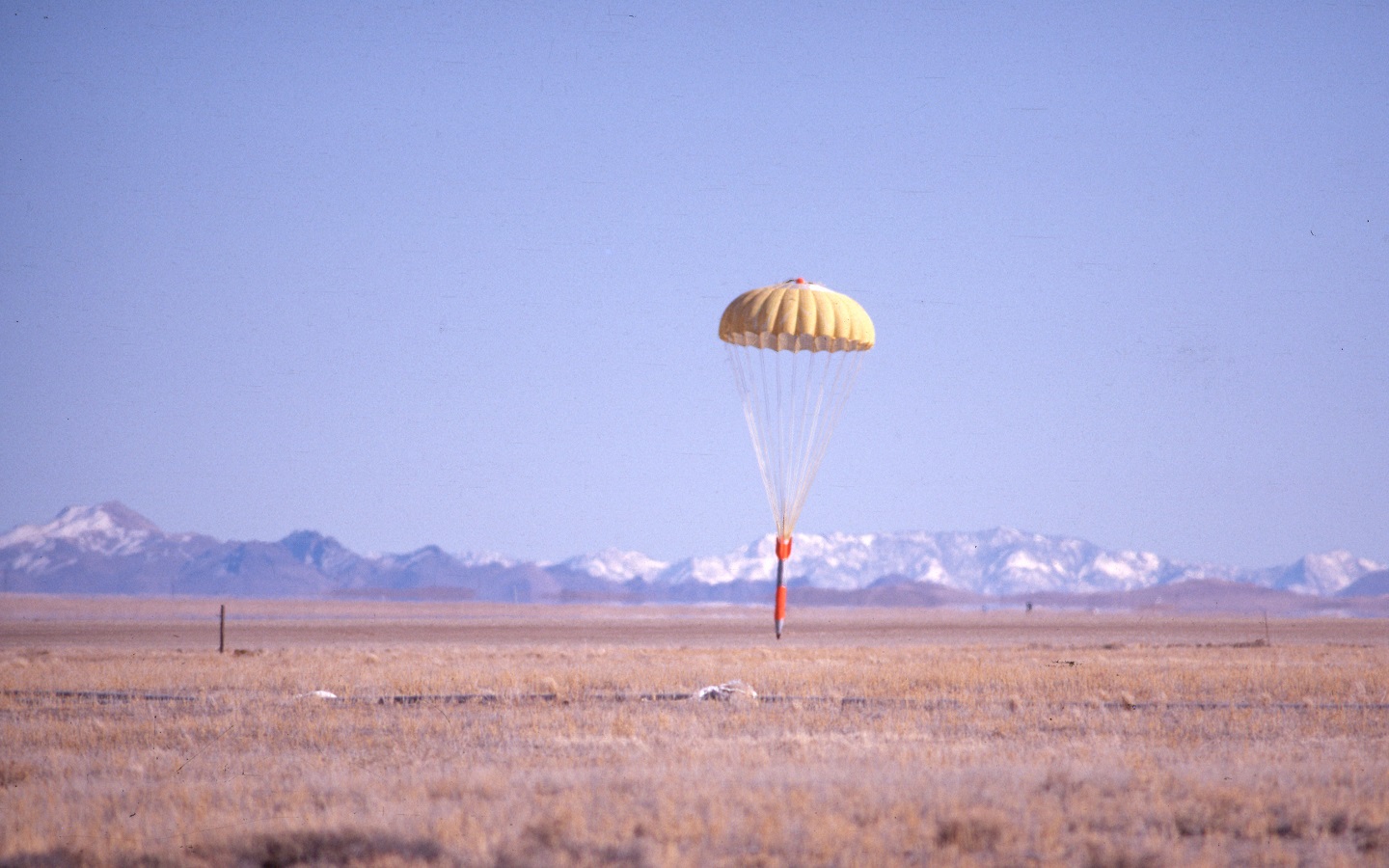The Nevada issue
The work performed by Los Alamos National Laboratory at the Nevada National Security Sites helps maintain the credibility of the U.S. nuclear deterrent and reinforces a commitment to global security.
- Don Haynes, Senior Director, Nevada Programs Office
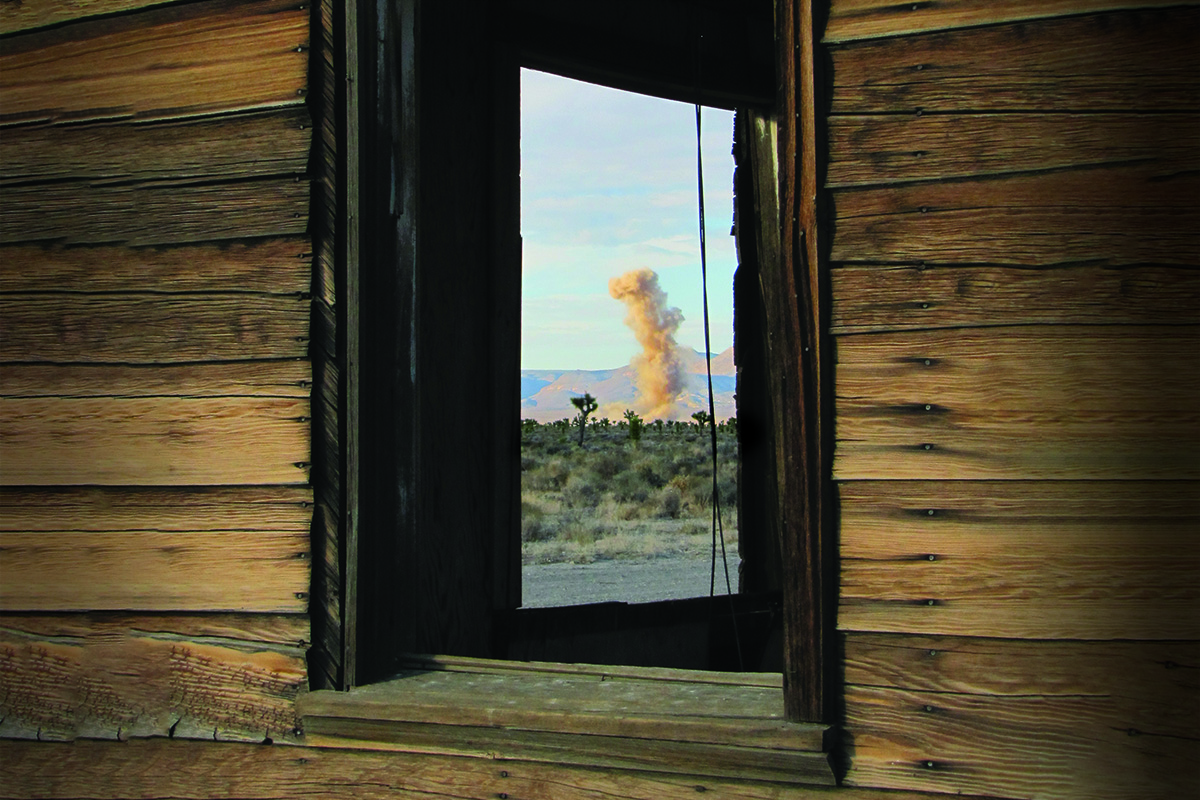
As you’ll read throughout this issue of National Security Science, Los Alamos National Laboratory plays a vital role in supporting national security through its work at the Nevada National Security Sites (NNSS), a Rhode Island–sized venue located about an hour northwest of Las Vegas. The collaborative efforts between Los Alamos and NNSS are essential for ensuring the safety, security, and effectiveness of the United States’ nuclear deterrent, while advancing scientific understanding and innovation critical to national and global security.
NNSS, formerly the Nevada Test Site, is perhaps best known as the location for 928 nuclear tests—100 in the atmosphere and 828 underground—between 1951 and 1992. Although the United States no longer conducts such tests, scientists still use the data from these detonations to validate and improve computational models used in the Stockpile Stewardship Program—the effort to ensure the safety, security, and reliability of the nation’s nuclear arsenal.
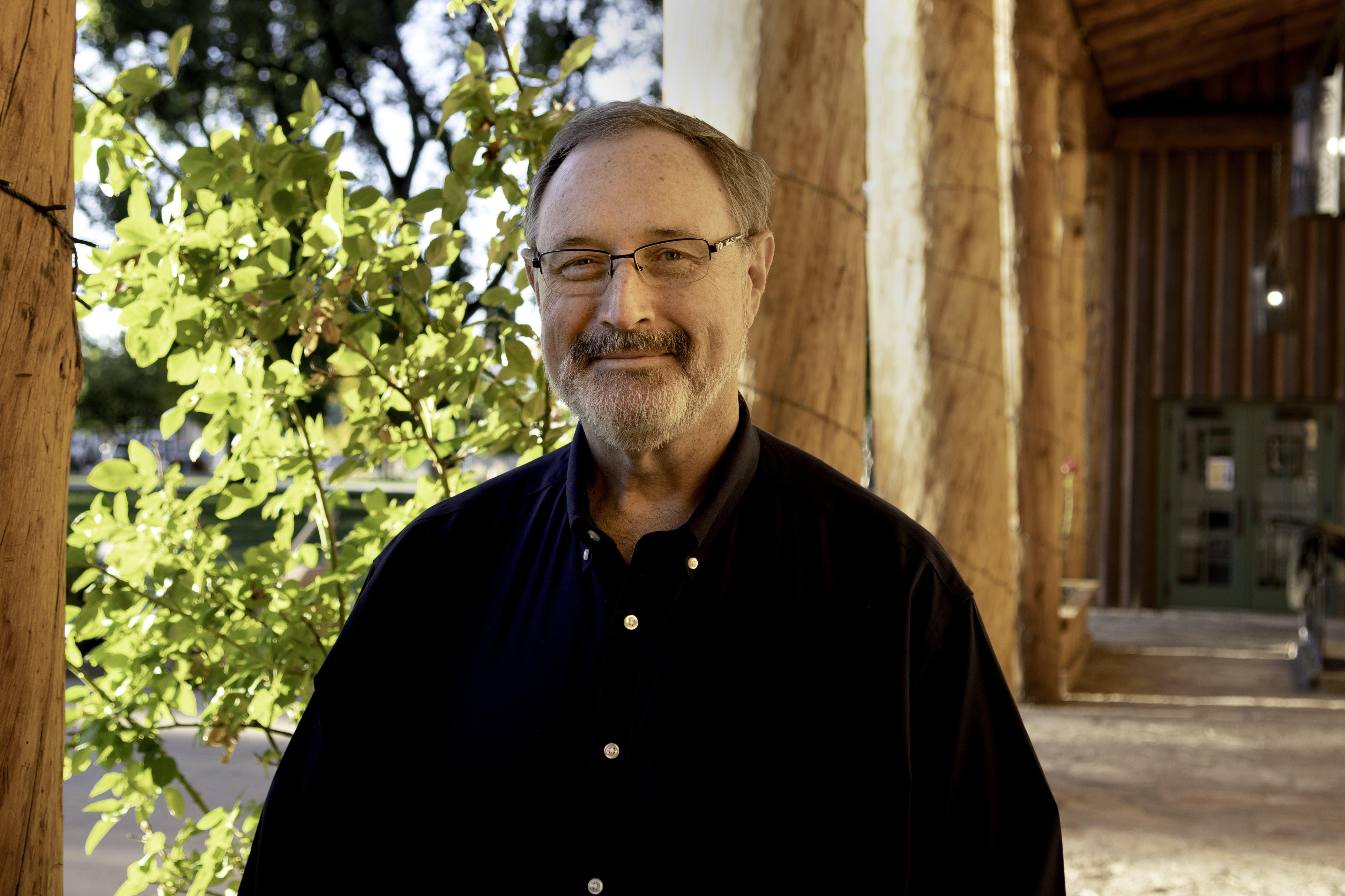
In the absence of full-scale nuclear testing, experiments at NNSS are essential for science-based stockpile stewardship, as NNSS is the only place in the country where scientists can work with special nuclear material and high explosives at weapons-relevant scales. Earlier in my career, I spent considerable time running simulation codes and learned firsthand how easily they can yield incorrect results. The most effective way to prevent this is to rigorously constrain the models with high-quality experimental data. Additionally, in complex systems like nuclear weapons, emergent phenomena—arising from the interplay of numerous interacting components—are both possible and potentially consequential. Only by performing integral experiments can we ensure that unforeseen behaviors don’t compromise our understanding. Minimizing extrapolation is critical; the closer our experiments are to real-world conditions, the more confidence we can have in our results.
Subcritical experiments are an important source of stockpile stewardship data—and confidence. These experiments, which use special nuclear material, are designed by scientists at Los Alamos or Livermore national laboratories and conducted in special confinement vessels in the Principal Underground Laboratory for Subcritical Experimentation (PULSE), a maze of tunnels 1,000 feet below the desert floor. Subcrits, as they’re called, do not produce a self-sustaining chain of fission reactions, yet they are crucial for predicting the performance of nuclear weapons components and materials.
In addition to subcrits, Los Alamos scientists design and execute many other types of experiments that take advantage of NNSS’s unique infrastructure. The Big Explosives Experimental Facility, for example, does exactly what its name implies—big (think thousands of pounds), open-air conventional high-explosives experiments. Sophisticated diagnostics capture data in support of stockpile stewardship.
Global security—specifically, nuclear nonproliferation—research is a major driver of Los Alamos’ work at NNSS. Much of this research takes place deep inside P Tunnel, which comprises four miles of mined corridors beneath a mesa. The nonnuclear explosive experimentation conducted inside P Tunnel provides data to enable the detection of underground low-yield nuclear tests and other nuclear weapons development activities.
Finally, the National Criticality Experiments Research Center is a Los Alamos–operated facility at NNSS that supports a variety of nuclear security missions, including nuclear criticality safety research and training, nuclear emergency response, nuclear nonproliferation, and support for other government agencies requiring hands-on access to significant quantities of nuclear material in numerous configurations.
Of course, none of the work at Nevada is possible without a dedicated and skilled workforce. Some Los Alamos employees work at NNSS permanently, while others come and go as their work necessitates. All of them—including Tom Sandoval—are mission-focused and committed to serving the nation. They work seamlessly with others from across the nuclear security enterprise, including the team from Mission Support and Test Services (MSTS), the contractor that operates NNSS. MSTS is led by Roger Rocha.
As the senior director for the Lab’s Nevada Programs Office—the organization that coordinates Los Alamos work at NNSS—I’m one of those people who is back and forth between New Mexico and Nevada all the time. Yet as familiar as NNSS has become, every time I arrive, I am struck anew by the power of the site—its rich history, current contributions, and promising future. I hope this issue of National Security Science helps you appreciate the significance of NNSS. Using these nearly 1,360 square miles, we sustain confidence in our deterrent and advance our commitment to global security. ★
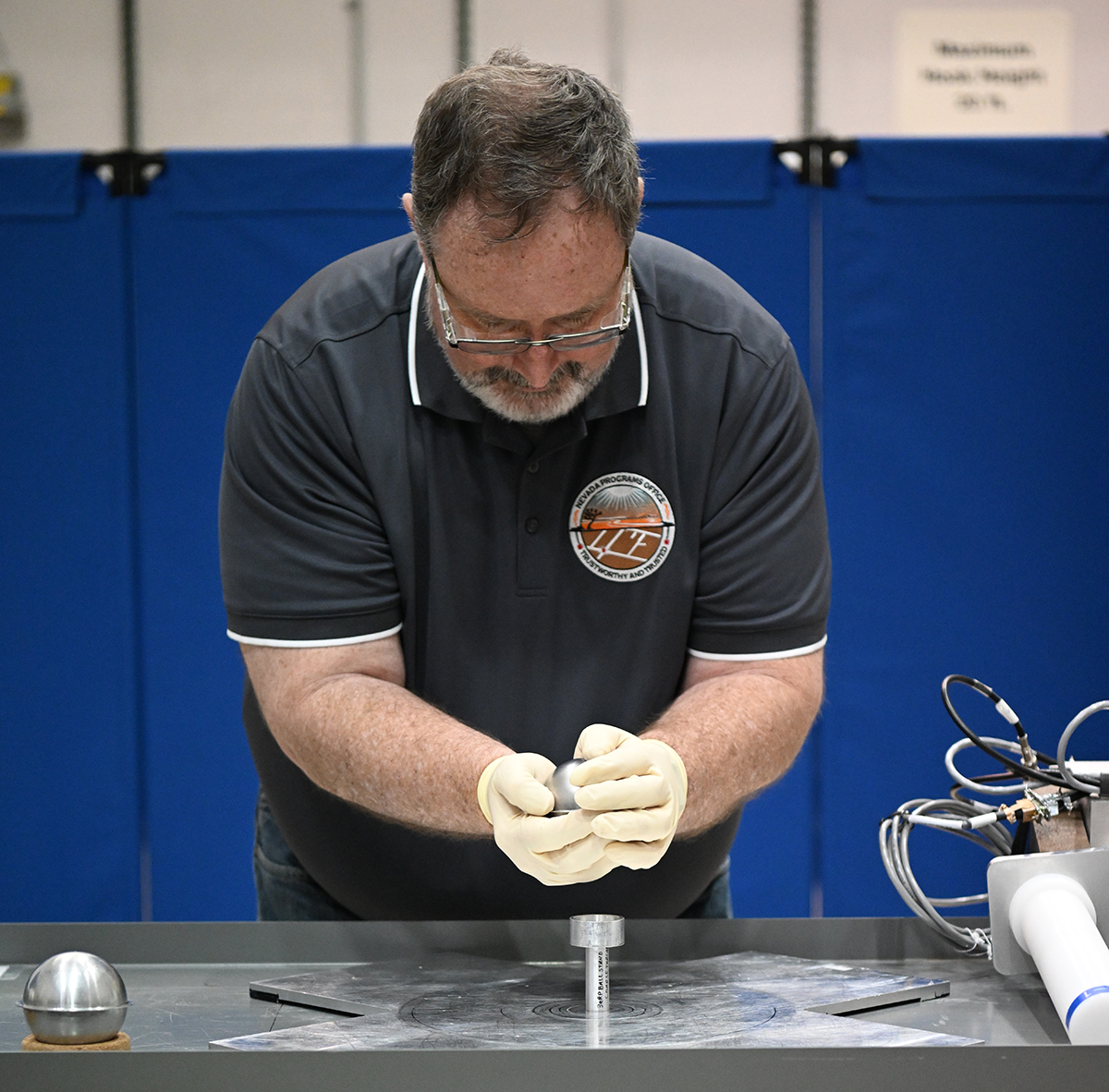
Download a PDF of the print issue, or browse the articles below.
ABSTRACTS
Nevada at a glance
A brief overview of the Nevada National Security Sites (NNSS).
The Nevada Programs Office
The Los Alamos office helps streamline Lab work at the Nevada National Security Sites.
A hidden hub of innovation
Los Alamos Operations develops technology for the nuclear security enterprise.
Desert shake up
Scientists study shallow earthquakes to understand how they differ from underground explosions.
Testing at Tonopah
Mock assemblies of nuclear weapons are put to the test just 160 miles north of Las Vegas.
Fine-tuning flight testing
Los Alamos scientists launch an innovative experimental payload on a hypersonic rocket.
From the Mojave to Mars
Los Alamos scientists developed and tested nuclear rocket engines at the Nevada Test Site.
Collaboration achieves fusion ignition
A Los Alamos–led experiment paves the way for groundbreaking studies.
Defense attachés visit the Laboratory
Nearly 30 foreign military officers attended the Los Alamos Defense Attaché Orientation Program.
FEATURES
Clouds and craters
The 928 nuclear tests that occurred in Nevada continue to inform the modern stockpile.
+Ron Cosimi remembers: A former nuclear testing director reflects on U.S.–Soviet relations during the Cold War.
Big booms
The Los Alamos team at Kappa West, a remote firing site in the Nevada desert, handles large explosive experiments.
Answers from underground
Subcritical experiments below the Nevada desert ensure reliable nuclear weapons.
+The machines behind the mission: Three devices allow scientists to probe plutonium implosions.
+Chronology of a subcrit: Conducting a subcritical experiment requires many complex steps.
+A critical crew: Behind every subcritical experiment is an army of people and years of work.
+Hold everything: Los Alamos containment scientists ensure no contamination is released.
+Sphere of influence: Los Alamos National Laboratory’s first new confinement vessel in 20 years is ready to shape the future of national security.
From fission to function
Scientists conduct experiments at the National Criticality Experiments Research Center.
+Going critical: Decades after their creation, the four critical assemblies at the National Criticality Experiments Research Center continue to enable vital research.
ANALYSIS
Working together to get the job done
Roger Rocha leads NNSS in collaboration with Los Alamos and others.
BEING ESSENTIAL
Desert diagnostics
For more than four decades, Tom Sandoval has supported nuclear weapons and nonproliferation experiments at NNSS.
In 2023, National Security Science released a three-part podcast series about past, present, and future work at the Nevada National Security Sites. Listen here:

